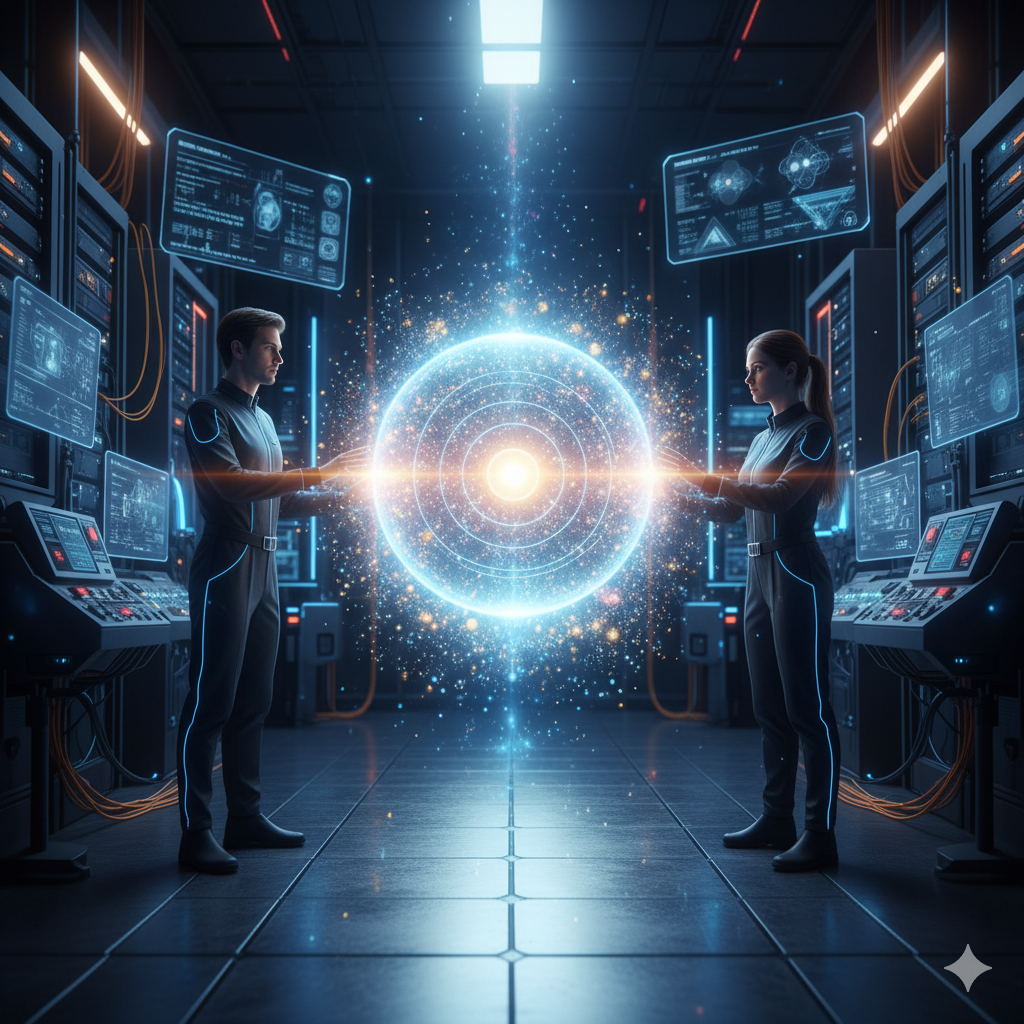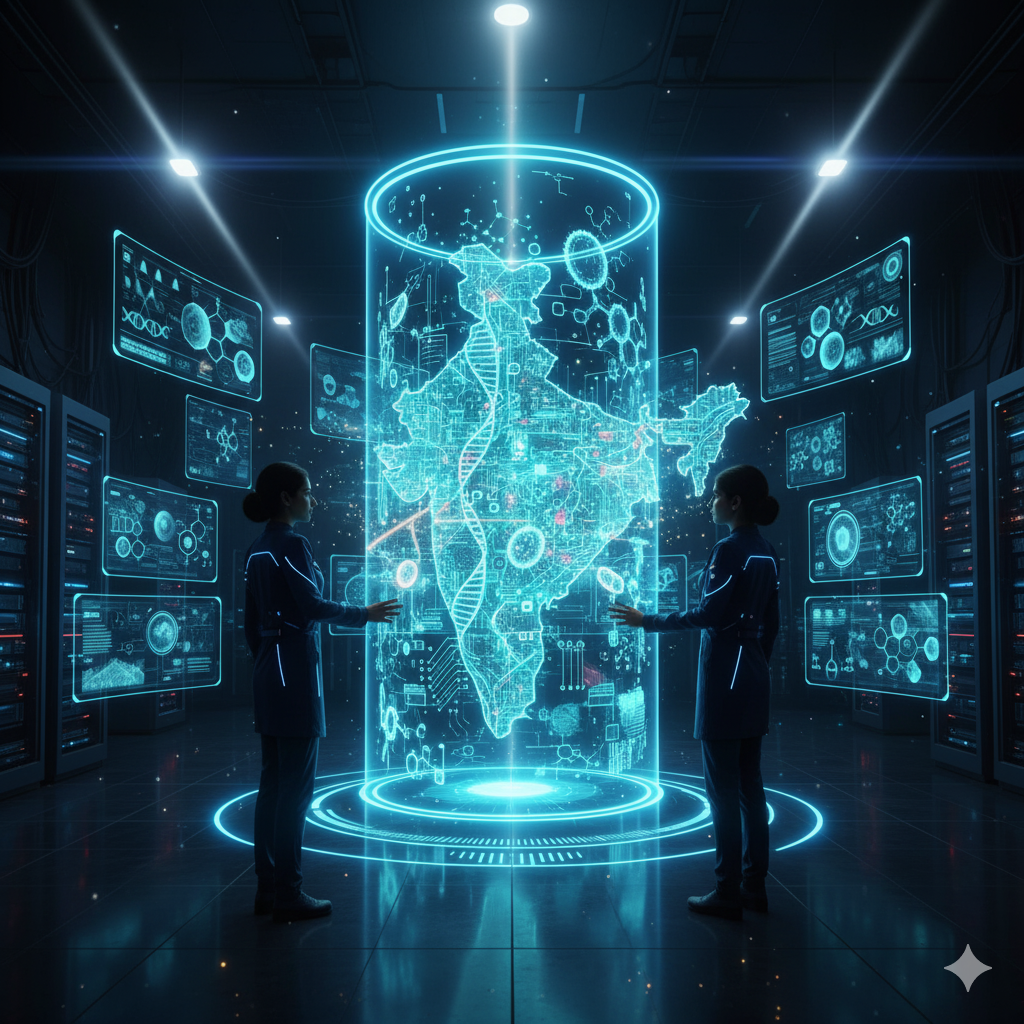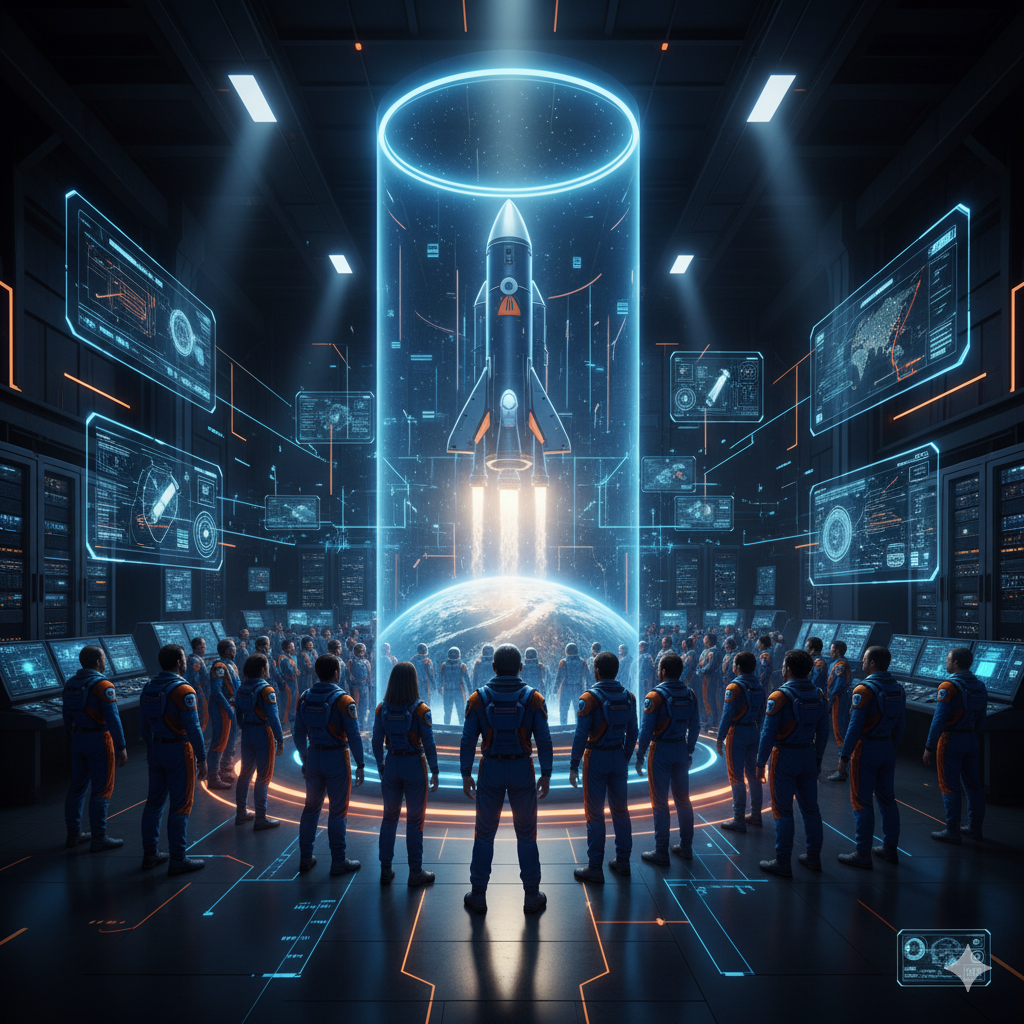Introduction
Dreams have always fascinated humanity. Since ancient times, civilizations have tried to interpret them as messages from gods, reflections of hidden desires, or windows to the subconscious mind. While poets and philosophers have celebrated the mystery of dreams, modern science is beginning to ask a revolutionary question: Can we actually capture, record, and even replay our dreams?
With the rise of neuroscience, brain imaging technologies, and artificial intelligence (AI), what once seemed like fantasy is slowly becoming a scientific possibility. Dream capture is no longer just a science fiction idea—it is a frontier of research that could transform psychology, medicine, creativity, and even human communication.
This article explores the science behind dreams, the technology working toward dream capture, the challenges researchers face, and the future possibilities of this groundbreaking field.
The Nature of Dreams: A Scientific Perspective
What Are Dreams?
Dreams are sequences of thoughts, images, and emotions that occur during sleep, primarily in the Rapid Eye Movement (REM) stage. Although dreams can also appear in non-REM stages, REM sleep is when they become most vivid and story-like.
Brain Processes During Dreams
- Visual Cortex Activation: The part of the brain responsible for vision lights up, creating mental images.
- Hippocampus Activity: Integrates daily memories into dream content.
- Amygdala Stimulation: Explains why dreams often carry strong emotions.
- Reduced Prefrontal Cortex Functioning: Logical thinking weakens, leading to surreal and illogical narratives.
These findings suggest that dreams are not random hallucinations, but structured experiences shaped by memory, emotions, and imagination. If dreams are brain activities, then in theory, technology can record them by decoding neural signals.
Can We Capture Dreams? The Science Behind It
Dream capture is based on translating brain activity into a visual or textual representation. Researchers do this by monitoring neural signals and then reconstructing what the brain is “seeing” or “thinking.”
1. Brain Imaging Techniques
- Functional Magnetic Resonance Imaging (fMRI):
Measures changes in blood flow to determine which parts of the brain are active during dreaming. This is useful for identifying visual imagery patterns. - Electroencephalography (EEG):
Tracks electrical activity in the brain, helping scientists detect REM sleep and predict dream phases. - Magnetoencephalography (MEG):
Captures magnetic fields produced by neural activity, offering precise timing of brain processes.
2. Artificial Intelligence in Dream Capture
AI algorithms are trained to match brain patterns with visual or auditory data. For example:
- If a person looks at an image of a cat while awake, AI records the brain pattern.
- Later, if the same pattern appears during dreaming, AI can guess that the dream might involve a cat.
This method has already shown results. In 2013, Japanese scientists at ATR Computational Neuroscience Laboratories reconstructed rough dream images using fMRI scans and AI. The outputs were blurry but recognizable, showing objects like people, animals, and buildings.
3. How Dream Machines Work (Simplified Process)
- A sleeper wears a brain-monitoring device.
- The machine detects REM sleep.
- Neural signals are collected from vision, hearing, and memory centers.
- AI analyzes the data against a pre-trained model.
- The system reconstructs the dream as images, text descriptions, or even sound.
Although primitive today, this process marks the beginning of turning dreams into digital experiences.
Breakthrough Experiments in Dream Science
- Image Reconstruction (2013, Japan):
Scientists used fMRI and AI to rebuild dream visuals. For instance, if a person dreamed of a bird, the system produced a blurry bird-like image. - Two-Way Communication with Dreamers (2021, USA):
Northwestern University researchers showed that dreamers could solve simple math problems and answer yes/no questions while in REM sleep. - Lucid Dream Research:
Devices like lucid dream headbands use sound or light cues to help dreamers recognize that they are dreaming. This enhances self-awareness and allows limited control of dreams.
These experiments prove that dreams are not unreachable mysteries—they can be observed, influenced, and partially decoded.
Applications of Dream Capture
If perfected, dream recording technology could change multiple aspects of human life.
1. Medical and Psychological Benefits
- Treatment of PTSD: Patients could record nightmares and process them with therapists.
- Understanding Mental Illness: Dreams may reveal hidden thoughts in conditions like depression or schizophrenia.
- Sleep Disorder Research: Helps study insomnia, night terrors, and sleep paralysis.
2. Creativity and Innovation
- Artists and writers could record dream imagery for inspiration.
- Musicians might “capture” melodies from dreams (similar to how Paul McCartney reportedly dreamed the tune of Yesterday).
- Innovators could find problem-solving insights hidden in dreams.
3. Education and Memory Enhancement
- Students might replay dreams to strengthen learning and memory consolidation.
- Elderly individuals with memory loss could benefit from dream recordings to recall forgotten experiences.
4. Entertainment and Virtual Reality
- Dreams could be transformed into VR movies.
- People might share their dreams with friends as immersive experiences.
Challenges and Limitations
Despite progress, dream capture is still far from reality.
1. Technological Barriers
- fMRI machines are bulky and expensive.
- EEG devices are portable but less accurate.
- Neural decoding is still incomplete—dreams are far too complex for full reconstruction.
2. Accuracy Problems
- Current dream reconstructions are blurry and vague.
- Emotional and abstract elements of dreams remain nearly impossible to capture.
3. Ethical Concerns
- Privacy Risks: If dreams reveal subconscious thoughts, misuse could threaten personal freedom.
- Consent Issues: Could governments or corporations demand dream access?
- Psychological Harm: Reliving traumatic dreams may intensify stress.
4. Philosophical Dilemmas
- Do dreams belong only to the dreamer?
- Would dream recording reduce the mystery and beauty of human imagination?
- Could society misuse dreams as evidence in law or politics?
These concerns highlight the need for ethical frameworks before widespread adoption.
The Future of Dream Recording
1. Brain-Machine Interfaces
Projects like Neuralink aim to develop brain implants capable of recording high-resolution neural data. Such devices could make dream capture more precise and portable.
2. Home Dream Recording Devices
Wearable EEG headbands, smart sleep masks, or wireless neurochips may one day allow individuals to record dreams at home.
3. VR and AR Integration
Recorded dreams could be converted into virtual reality simulations, allowing people to re-experience or even edit their dreams.
4. Therapeutic Dream Editing
In the future, therapists may not only record dreams but also help patients alter recurring nightmares—essentially editing dream content for healing purposes.
5. Expanding Human Communication
Imagine sharing your dream directly with someone else. This could open entirely new ways of storytelling, empathy, and understanding.
Ethical Guidelines for the Future
As technology progresses, society must set boundaries. Possible guidelines include:
- Strict Consent Protocols: Only the dreamer should decide if dreams are recorded or shared.
- Data Protection: Dream data must be encrypted and safeguarded.
- Medical Use First: Initial applications should focus on health and psychology, not entertainment or surveillance.
- Global Regulations: Like genetic editing, dream technology must be globally monitored to prevent misuse.
Conclusion
What was once a realm of myth and imagination is becoming a subject of serious science. Dream capture, powered by neuroscience and AI, is pushing the limits of human understanding. Although the technology is still in its early stages, the potential is enormous—from treating psychological disorders to inspiring art and creativity.
Yet, as with all powerful innovations, dream recording raises profound ethical and philosophical questions. Privacy, ownership, and psychological well-being must remain at the heart of development.
Ultimately, the journey from imagination to reality is not just about machines recording our dreams—it is about deepening our understanding of the human mind itself.
Dreams may remain partly mysterious forever, but one thing is clear: the science of capturing human dreams is no longer fantasy—it is an unfolding reality that will shape the future of neuroscience, technology, and human experience.




